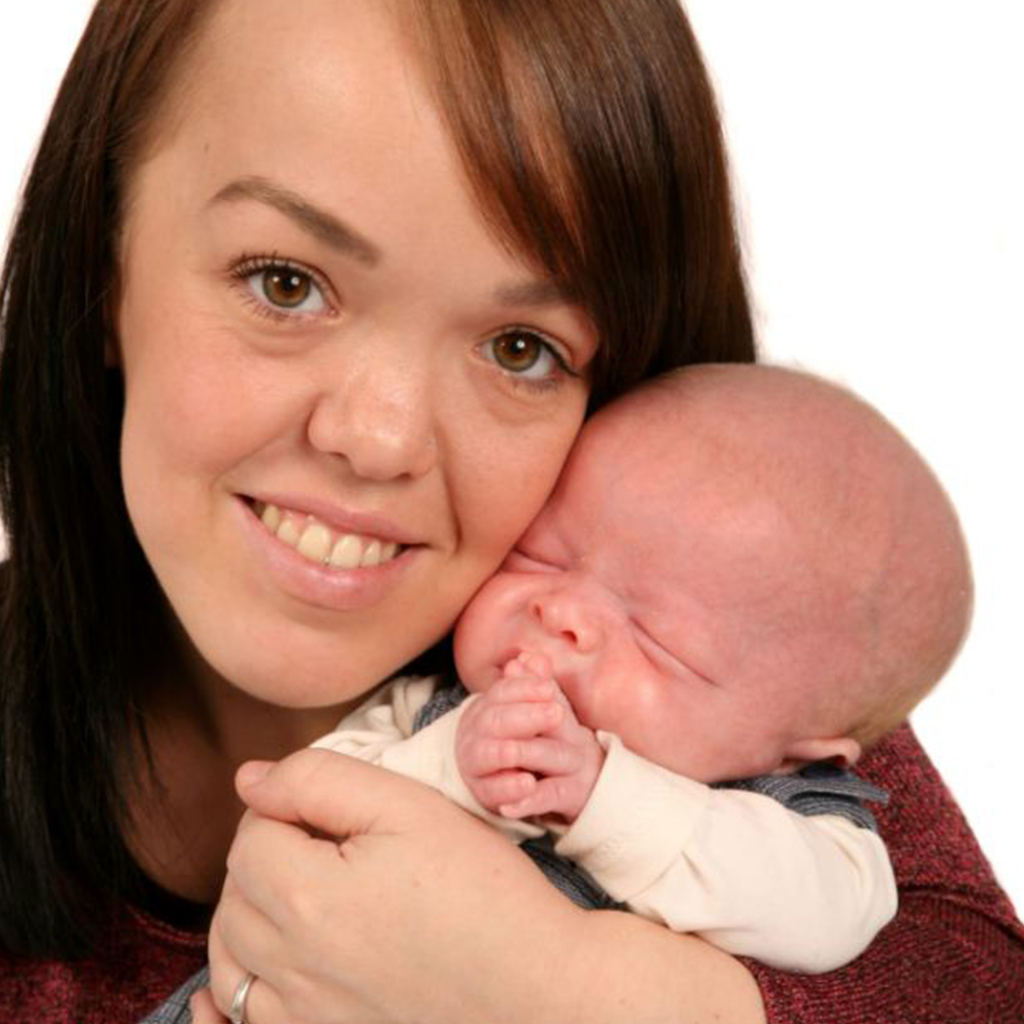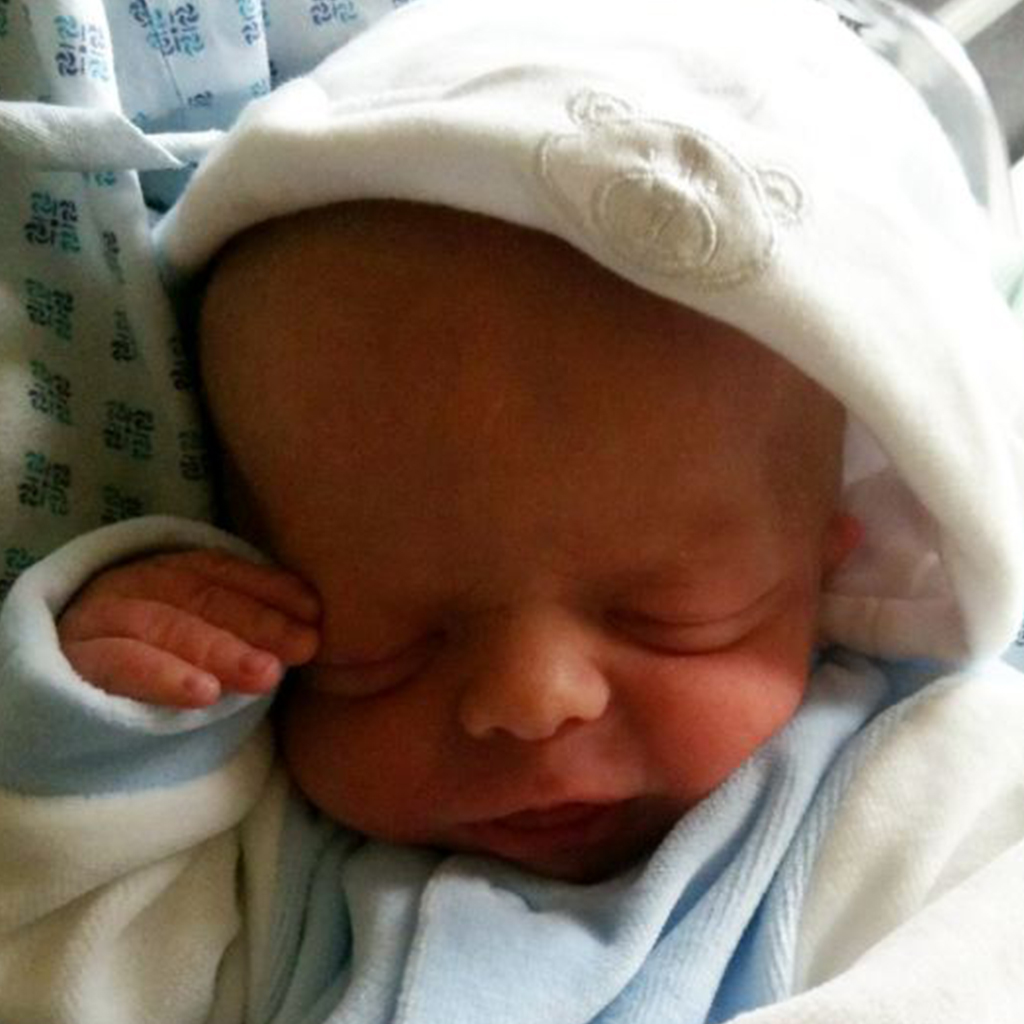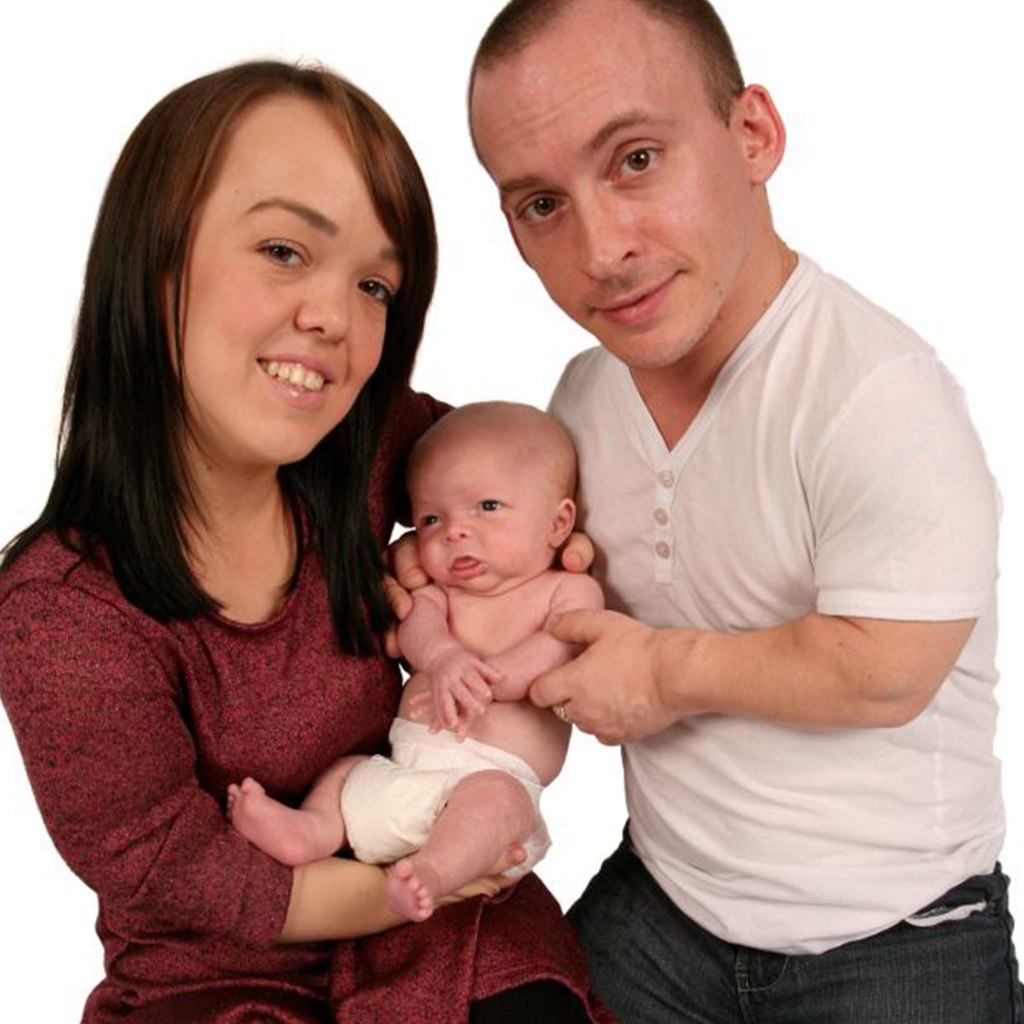The only “double dwarf” in the United Kingdom was delivered to a mother who was advised to abort her expectant child due to its poor prognosis. Laura Whitfield, age 24, and her 34-year-old fiancé Nathan Phillips, who both have height restrictions, gave birth to a robust and strong baby boy named Nathan Phillips three months ago. The newborn child surprised doctors by inheriting both varieties of dwarfism, despite his parents having distinct types of the disorder. As a consequence, his mother referred to him as a “double diminutive.” Physicians say there is no reason to believe the child will not live a relatively normal life, despite their uncertainty regarding the long-term consequences of his condition.

Ms. Whitfield, from Sunderland, expressed great relief that her son was born without incident after learning early in her pregnancy that his life expectancy, if any, was only 30 minutes. After scan anomalies raised concerns that the young girl had inherited a dangerous gene combination, physicians advised her to consider an abortion. Ms. Whitfield, who encountered complications during her pregnancy, chose to neglect the advice and bear the child regardless. Then, if the boy survived, she was informed that both she and the infant would need special care after delivery.

The mother prepared herself for the prospect that she would not be able to see her infant child following a cesarean section under general anesthesia. However, she was taken aback when she emerged from the procedure to find her fiancé seated next to the bed with the baby reclining next to him. The situation did not begin to improve until 24 or 25 weeks had passed. Using his measurements, they determined that he wasn’t quite the correct size. They believe he acquired two extremely uncommon and hazardous genes. If he had these alleles, he would struggle to survive within 30 minutes of birth, and I was advised to consider an abortion.

They cautioned us that there was a good possibility we would require special care after the birth, so I would not be able to see him when I walked to the theater to collect up my child. be a child. Nathan was standing next to me while cradling a sleeping infant Nathan when I opened my eyes. I simply cried because I could not comprehend it. Ms. Whitfield, the only dwarf in her family, has achondroplasia, which causes her significant discomfort due to her short limbs and curved vertebrae. Experts are concerned that Nathan may inherit back and hip problems from both of his parents, although it is currently uncertain whether he will be born with dwarfism.

Despite Nathan’s disability, his mother expresses optimism that he will lead a life similar to hers. Although she is certain that Nathan is the only person in the United Kingdom to develop a “double dwarf,” she continued that the disease was known in other parts of the globe. It was a novel discovery made by physicians. They’ve heard about it, but they don’t know much about it; they have no notion about the issue or anything else. They are currently keeping a close watch on him because they do not know what will occur. Since the physicians predict Nathan won’t walk for at least 18 months, we have no idea what could have occurred to him. Apparently, we will have to wait.

It’s a combination I’ve seen before, but only in 1997 in the United States, in one infant. It is a very uncommon condition, and I am unaware of any infants in our region who have it. I also have this condition, and I’ve asked colleagues in other regions of the country for advice; they do not know of any other children who have both.’





